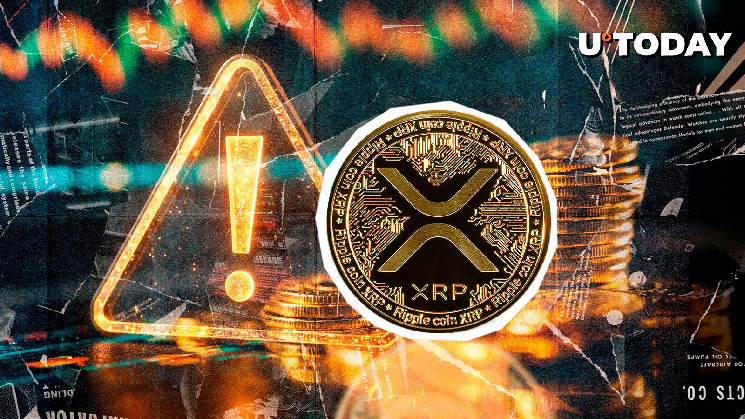The AMMClawback amendment recently went live on the XRP Ledger, allowing the use of Ripple stablecoin RLUSD on the DEX.
The AMMClawback amendment allows clawback-enabled tokens to be used in Automated Market Makers (AMMs). The amendment adds a new transaction, “AMMClawback,” which allows an issuer to claw back tokens that have been deposited in an AMM if the token has clawback enabled. It also modifies the “AMMdeposit” transaction type to prevent depositing frozen tokens into the AMM.
As this key amendment is activated, a warning has been issued to the XRP community regarding liquidity provision risks. “Vet,” an XRP dUNL validator and the cofounder of xrpcafe, has cautioned users against depositing liquidity into pools without fully understanding the risks, highlighting the potential for guaranteed impermanent loss.
PLEASE: Don’t deposit liquidity into the pool if you don’t know what you’re doing. Guaranteed impermanent loss will be in full effect.
Swapping assets if you agree on the rate is ok 👍 Providing liquidity only for those knowing the game.
— Vet (@Vet_X0) January 30, 2025
The XRP/RLUSD AMM Pool has been created on the XRP Ledger DEX following the amendment activation, with a total of four AMM Pools with RLUSD pairs created. “Vet” describes this as a gamechanger for XRP Ledger DeFi and the start of building deep liquidity on the XRPL DEX.
In light of this, “Vet” warns: “Don’t deposit liquidity into the pool if you don’t know what you’re doing. Guaranteed impermanent loss will be in full effect. Swapping assets if you agree on the rate is ok. Providing liquidity only for those knowing the game.”
In recent hours, “Vet” shared that the XRP/RLUSD AMM Pool has already reached $220,000 in total value locked as it gains traction in less than 24 hours from launch.
Ripple outlines stablecoin recommendations
In a recent insights report, Ripple outlined key recommendations for policymakers as the $200 billion stablecoin market continues to boom.
Ripple stated that to support the development of digital asset markets, it is preferable to allow a variety of stablecoins to circulate, including those issued overseas. Second, jurisdictions should take a proportionate and risk-based approach to overseas issuers. Overseas-issued stablecoins should generally be permitted to circulate in a jurisdiction without a requirement for local issuance, so long as reasonable safeguards are in place.
Third, where local issuance is required, regulators should take a holistic approach to ensuring the local regulated entity can meet redemption requests. Finally, close supervisory cooperation between jurisdictions can underpin these arrangements and increase fungibility.
Read the full article here

